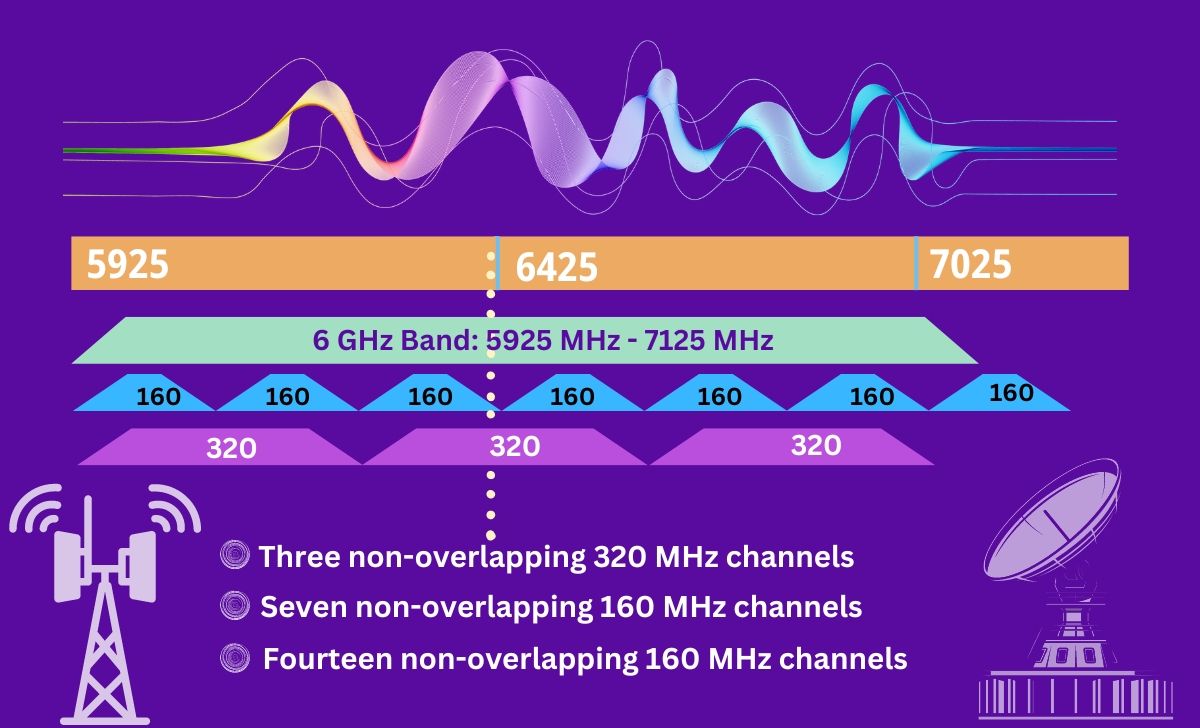
Presently, there's a newfound interest in accessing the 6 Gigahertz (GHz) band, which ranges from 5,925 to 7,125 Megahertz (MHz). This interest has stirred up a bit of a rivalry between wireless telecom operators and fixed-line Internet Service Providers (ISPs). Both groups are eager to claim a slice of this spectrum pie, seeing it as the key to unlocking the potential of the next generation of 5G, Wi-Fi, or perhaps even both.
Currently, Wi-Fi works within two frequency bands: 2.4 GHz and 5 GHz. However, with the advent of Wi-Fi 6, a new band comes into play: the 6GHz spectrum. Wi-Fi 6E expands the capabilities of Wi-Fi into this 6GHz realm, offering improved efficiency, faster speeds, and stronger security measures.
Indian telecom companies have already snagged 367 MHz of exclusive 5G (IMT) spectrum in the mid-band, along with 3270 MHz in other bands. Despite having an extra 500 MHz allocated for 2G/3G/4G, much of which might be repurposed as consumers switch over, their demand for more spectrum seems a bit excessive, especially considering they only have about 150 million 5G subscribers, which is less than 15% of the total.
Their push for the 6GHz spectrum through auctions seems like a strategic move aimed at stifling innovation and competition from non-telecom players who argue for its use as a license-exempt spectrum—a policy already adopted by around 60 countries.
Ironically, the full use of the 6 GHz band is crucial for the commercial success of telecoms' 5G endeavors. This advanced technology operates at very high frequencies and can carry loads of data, although it struggles to penetrate obstacles like building walls.
The fate of India's use of the 6 GHz band remains uncertain even after the ITU's World Radiocommunication Conference 2023 (WRC-23) agreed to open a portion of it for International Mobile Telecommunications (IMT) services.
While the spectrum in the 7025-7125 MHz band will be readily available for India and other Asian countries, an additional 600 MHz in the 6425-7025 MHz band (referred to as the upper 6 GHz band) will be available for Region 1 (Europe, Africa, the Middle East, and some countries in Asia and South America). India and several other Asian countries fall under Region 3.
However, a regulatory framework has been established for all Asian countries to opt into this additional 600 MHz band in four years at WRC-27.
While the 6425-7125 MHz band is a top priority for operators, Indian operators also have their eyes on the lower 6 GHz band from 5925 to 6425. However, it seems that this portion hasn't been opened up yet by WRC.
Article contributed by Raunak Mishra, Executive Officer – Standards & Compliances, MAIT
Comments (1)
testing
20 Apr 2024this is very good article
Leave Your Comment: